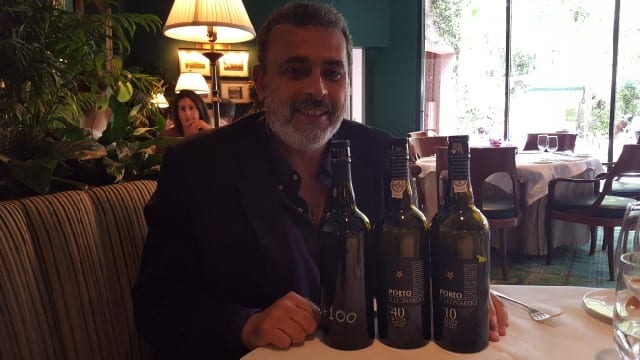Please The Palate Pick of the Week: Colheita Port
I spent the past week eating and drinking my way through Porto and the Douro in northern Portugal. There were so many wonderful wines, from still white and red Douro wines to the famous and historical Ports, both ruby and tawny. But at each and every tasting, the one wine that stole my heart was the Colheita and that is why it is the Please the Palate Pick of the week. Port can be ruby or tawny. Ruby Ports, whether young, reserve, LBV or vintage, tend to be more fruit driven as they do not age in oak. A tawny port is a port that is aged in wood so that oxygen flows through resulting in the loss of color and the development of different flavors. Tawny Port is available in 10 Year, 20 Year, 30 Year, 40 Year and Colheita, an aged Tawny Port made with grapes from a single vintage.

16 December, 2017





